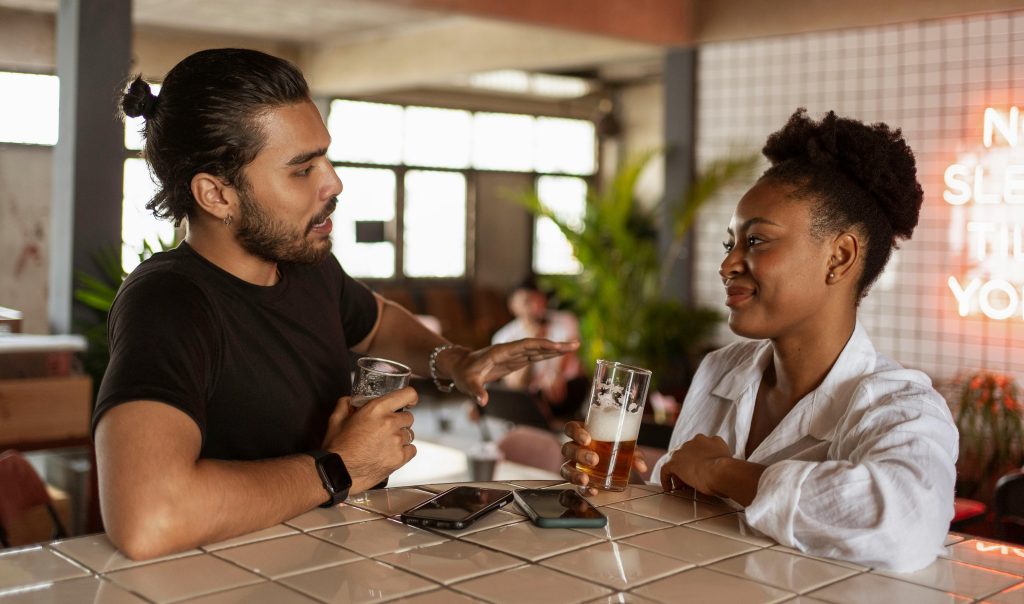How do you say hello in Australia?
Hello in Australia
“How do you say hello in Australia?” Australia, with its vibrant and diverse culture, boasts a unique tapestry of greetings that reflect the country’s rich history and contemporary influences. From the iconic “G’day” to regional variations and Indigenous customs, Australians express their friendliness in a myriad of ways.

G’Day Mate: The Classic Australian Greeting
Origin and Usage: “How do you say hello in Australia?” Derived from the phrase “Good day,” “G’day” has become synonymous with Australian friendliness. It’s more than a greeting; it’s a cultural identifier. Australians use it in various situations, from casual encounters to formal settings.
Regional Variations
Urban vs. Rural: While “G’day” remains universal, regional variations add flavor to Australian greetings. Urban areas might favor a quick “Hey,” while rural communities may opt for a more prolonged exchange, emphasizing community bonds.
Indigenous Australian Greetings
Cultural Richness: Indigenous Australians, with diverse cultures and languages, have their own unique greetings. These vary across Aboriginal and Torres Strait Islander communities, showcasing the rich tapestry of Australia’s first nations.
Slang and Informal Greetings
Casual Vibes: Australians are known for their laid-back nature, and this is reflected in their slang. “Mate,” “How ya going?” and other informal expressions create a friendly atmosphere, breaking down social barriers.
Workplace Etiquette
Professional Friendliness: In professional settings, Australians often balance formality with a touch of informality. Handshakes are common, but don’t be surprised by a friendly “G’day” in the office.
Social Settings
Easygoing Social Interactions: Social gatherings are where Australians truly shine in their greetings. Whether at a barbecue or a pub, expect warm and casual exchanges that make everyone feel welcome.
Cross-Cultural Considerations
Embracing Diversity: In multicultural Australia, greetings are adapted to accommodate diverse backgrounds. Respect for cultural norms is crucial in fostering understanding and unity.

Impact of Media and Pop Culture
Shaping Trends: Media and pop culture play a significant role in shaping greetings. From iconic catchphrases in movies to trends on social media, these influences contribute to the evolving landscape of Australian greetings.
The Evolution of Greetings
Changing with Time: Over the years, greetings in Australia have evolved. Globalization, migration, and changing social dynamics have influenced how Australians greet each other.
Modern Trends and Internet Culture
Digital Expressions: With the rise of digital communication, Australians incorporate modern elements into their greetings. Emojis, memes, and online trends add a contemporary twist to age-old traditions.
Tips for Visitors
Embrace the Friendliness: For visitors, embracing the friendly atmosphere is key. Don’t hesitate to use “G’day” or engage in casual banter—it’s all part of the Aussie experience.
Cultural Sensitivity
Respecting Traditions: Cultural sensitivity is vital. Being aware of Indigenous customs, regional variations, and workplace etiquette ensures respectful interactions in diverse settings.
Language Variations
State-Specific Nuances: Greetings may vary across Australian states. Understanding linguistic nuances adds depth to your interactions, showcasing an appreciation for local culture.
Conclusion
In conclusion, saying hello in Australia is an art that reflects the country’s diverse tapestry. From the classic “G’day” to informal slang and Indigenous customs, Australians greet each other with warmth and friendliness. Embracing this cultural aspect adds a unique flavor to your experience down under.




Leave a comment